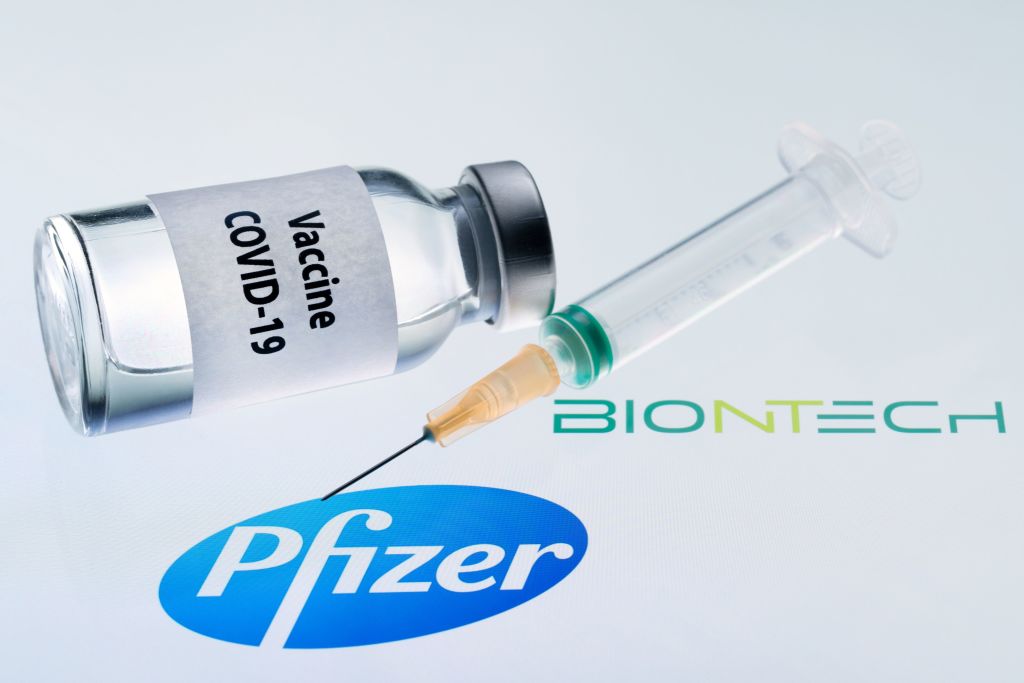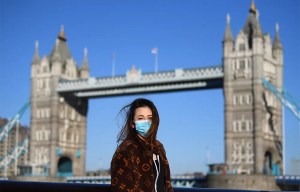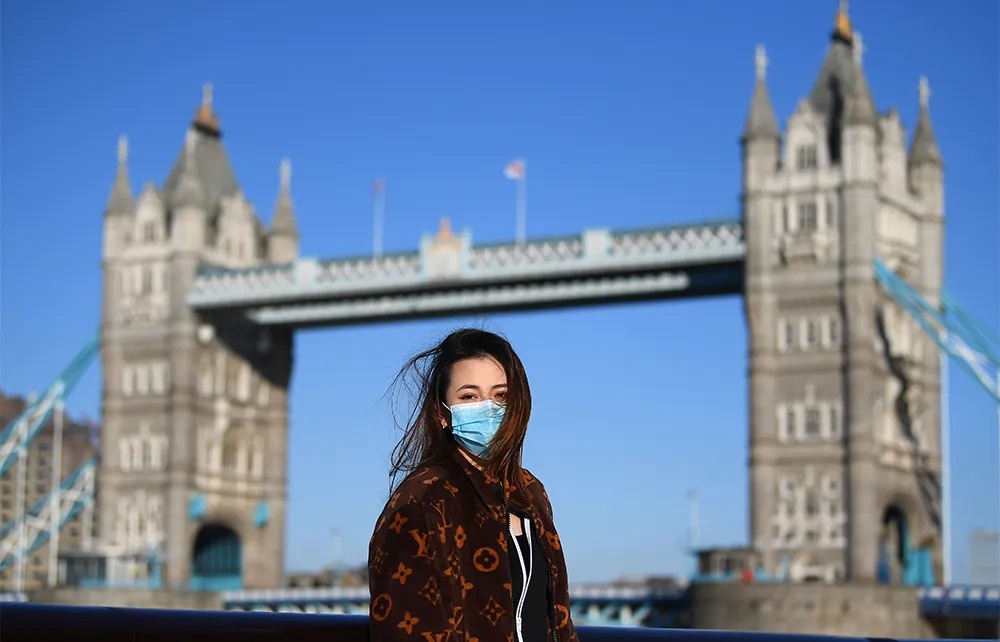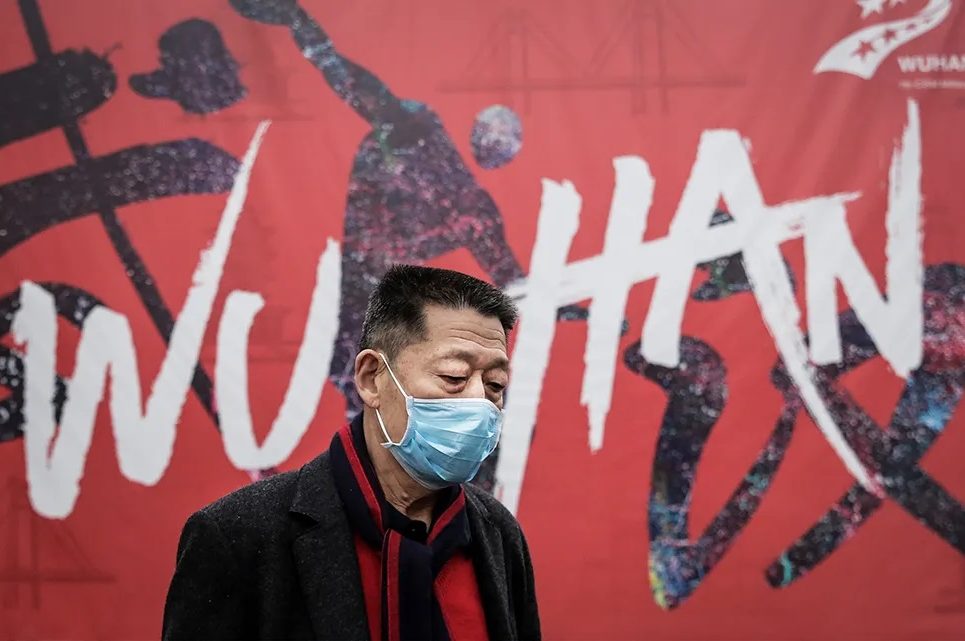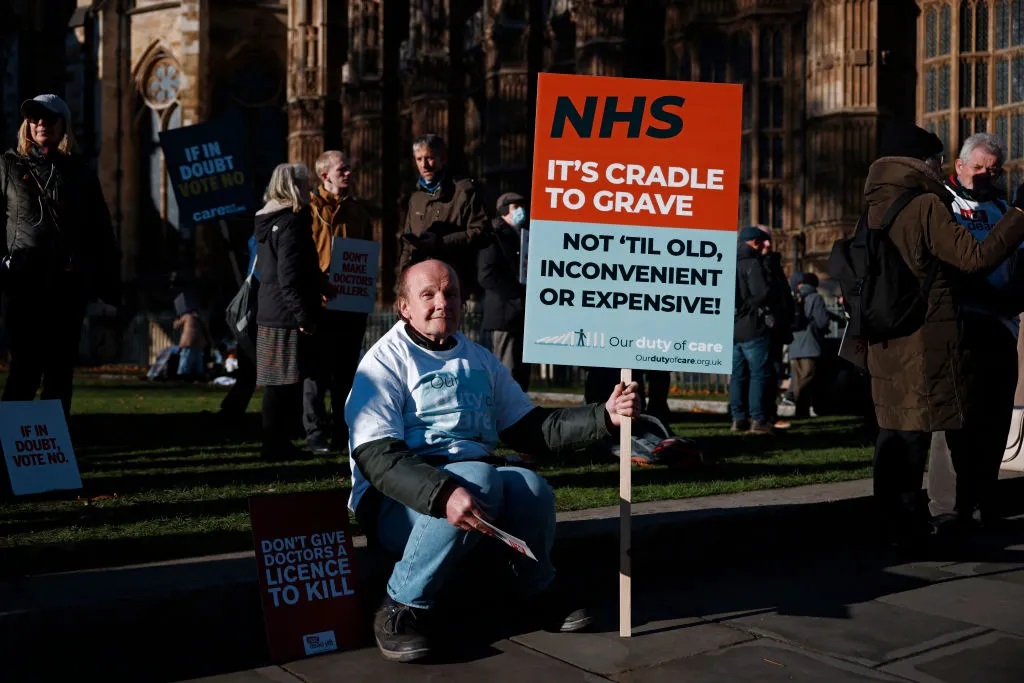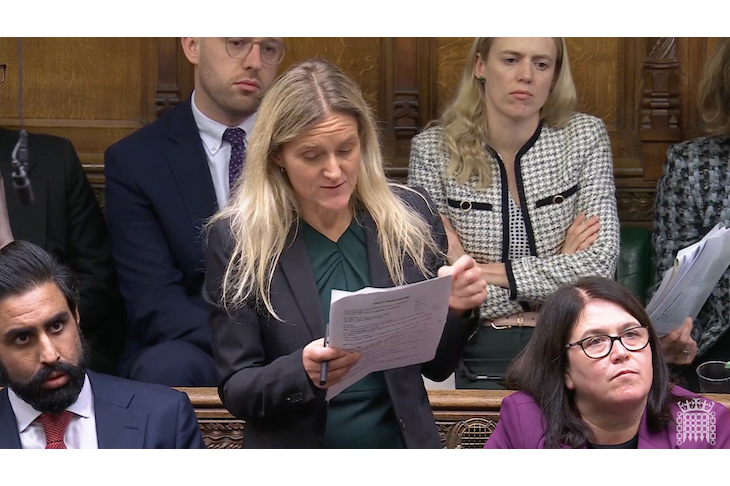In the coming weeks, you are inevitably going to see a slew of stories in the media about side effects from the licensed vaccines. The first one is already with us in Britain, and will soon be available in the US after an FDA advisory committee recommended an emergency use authorization for Pfizer-BioNTech. Two healthcare staff — who both have a history of allergic reactions — have reportedly had adverse reactions to the Pfizer vaccine. This has lead to a change in advice about who should get the vaccination.
It is going to be difficult to initially ignore these stories, but I am going to suggest if you don’t ignore them outright then try to dial down the volume. There are a number of good reasons to do this.
Firstly, in the coming weeks and months, we are going to suffer from the most severe form of what is known as ‘observer bias’. We are only going to note and report on possible adverse events, and not the hundreds or thousands of unremarkable vaccinations. These would make boring news stories. Headlines of ‘Another person vaccinated — nothing happened’ are probably not going to work as clickbait.
As a result, this coverage will create a false impression of significant problems when, in fact, we are talking about rare events. In this particular case (of anaphylaxis), the general risk of serious anaphylaxis with vaccines is probably less than two in a million vaccinations. That is not to say that these specific vaccines might not have higher rates, but it puts things in perspective.
It should also be pointed out that neither participant is reported to have anything other than short-term symptoms and both are apparently recovered already (though we should treat with caution second- and third-hand information on what is confidential data about patients). As an obvious point, the whole reason this program is being initiated from hospitals is to ensure the right facilities are in place to immediately deal with problems if they do arise.
Next, you are going to hear a lot on social media about people who do not have anaphylaxis but are feeling generally or specifically unwell in the immediate post-vaccination period. This is expected. These will be largely mild and ‘self-limiting’ or lasting for a few days. As an example, in the FDA submission, over half of participants felt fatigued.
It is critical that, when we agree to receive a vaccine, we are realistic that there may be some short-term symptoms. But don’t lose sight of the risk equation. This is not a case of having a vaccine vs not having a vaccine. You are having a vaccine vs exposing yourself to the risk of getting COVID-19.
Vaccines are safe but we should be clear what we mean by safe. They are not without risks and side effects. The risks of serious problems are very small and for very rare events (for example less than one in 50,000) we don’t have a convincing handle on this yet. We will not really know this until we have vaccinated millions of people. This is unavoidable and happens with any vaccine or drug; COVID-19 is not special or different. It is why the regulators continue to insist on reporting of possible complications even after licensing. The fact we are hearing about these adverse reactions at all is evidence of this transparency.
[special_offer]
The critical thing here is to balance this against the risk of death and disability from COVID-19. For some people, the math is simple. Leaving aside the risk of complications from COVID-19, an 80-year-old with relevant co-existing disease may have a 20 percent chance of death (if they get COVID-19) vs as close to zero as we can get from the vaccination itself and a dramatically reduced risk of getting the disease.
That ‘as close to zero as we can get’ means almost everybody, if thinking rationally, remains in the camp that will benefit from a vaccine. But once you get down to single percentages some people assess risk differently. We should respect this and give people time to come to their own decisions. Some of us have reasons that are nothing to do with our own risk for having a vaccine. You may feel strongly that you are in a low risk category but wish to ensure you have done everything possible to reduce risk to the friends and family around you. Lastly, you may just be doing this to get back to some degree of normality. Irrespective of whether you believe the government’s approach has been correct, it is crystal clear that good vaccine uptake is our best route out of the misery of this year.
None of this is to say we should not be watching side effects very carefully, just that we also need to filter these reports through a wider perspective on safety and not over-react to individual headlines or social media viral stories. I think this will all be the ‘storm before the calm’ but I anticipate some rough weather before we get there.
This article was originally published onThe Spectator’s UK website.



